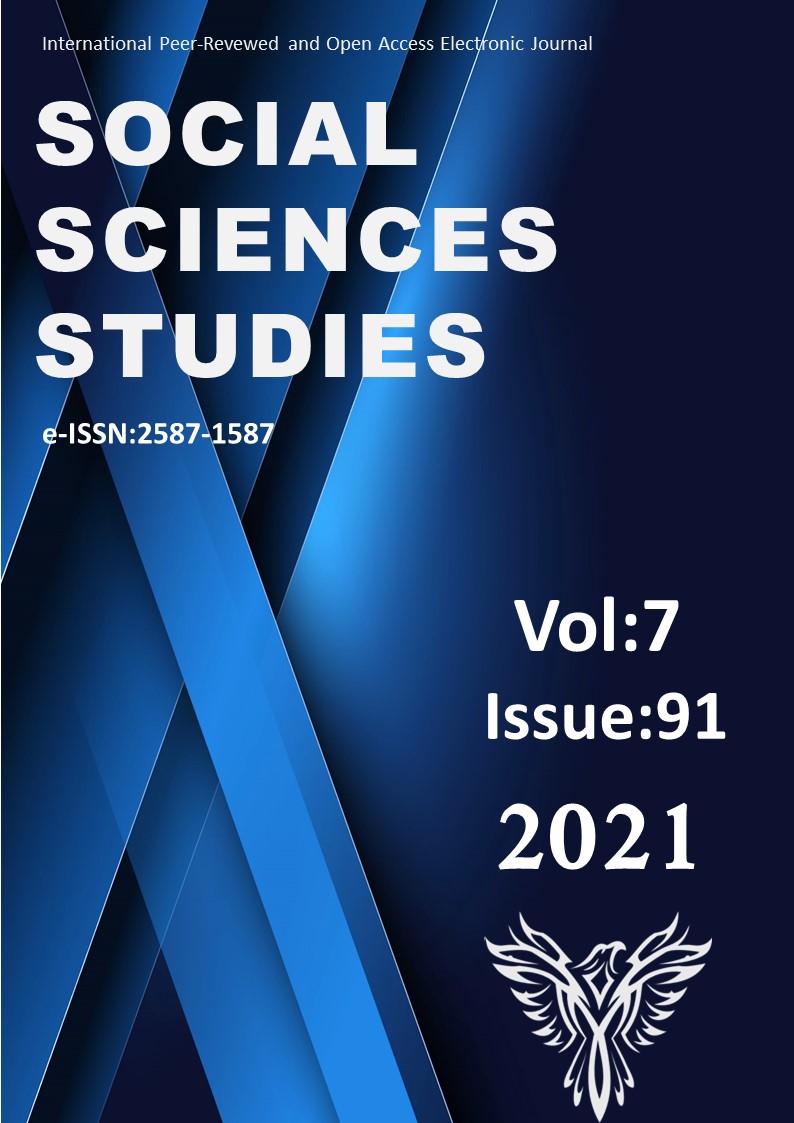Author :
Abstract
Bu çalışmanın konusu, eğitim mutfaklarındaki donanımın niceliksel planlamasıdır. Benzer amaçlara sahip mesleki eğitim kurumlarındaki mutfakların donanımı hakkında standartların bulunmayışı, bu araştırmanın problemi olarak kabul edilmiştir. Çalışmanın amacı, literatürdeki bu boşluğa donanımının niceliklendirilmesi boyutuyla katkı sunmaktır. Bu çalışma, gastronomi programı açma planlarında daha gerçekçi maliyet tahminleri geliştirmeye ve eğitim mutfakları arasındaki nitelik farklılıklarının gidermeye yardımcı olması bakımından önemlidir. Eğitim mutfaklarında bulunması gereken donanımın niceliği hakkında; 6 bölgeden, 15 farklı ilden ve 16 farklı üniversiteden, uygulama derslerine giren, sektörel ve akademik tecrübeye sahip 24 akademisyenin görüşleri alınmıştır. Veri toplama aracı olarak, 13 yarı sabit, 182 sabit olmayan ve 15 öğrenci kiti ekipmanının listelendiği, yarı yapılandırılmış görüşme formu kullanılmıştır. Katılımcılardan bu ekipmanları niceliklendirmeleri istenmiştir. Elde edilen veriler frekans sıklıklarıyla, sayısal; kullanım yoğunluğu da betimsel olarak analiz edilmiştir. Çalışma sonunda, 11 istasyonlu (10 öğrenci ve 1 eğitmen şef) bir eğitim mutfağı için bir donanım listesi ortaya konmuştur.
Keywords
Abstract
The subject of this study is the quantitative planning of in educational kitchens. The lack of standards about the equipment of kitchens in vocational education institutions with similar purposes has been accepted as the problem of this research. The aim of the study is to contribute to this gap in the literature with the dimension of quantifying equipment. This study is important in terms of helping to develop more realistic cost estimates in the plans to open a gastronomy program and to eliminate the quality differences between training kitchens. About the quantity of equipment that should be found in training kitchens; opinions of 24 academicians from 6 regions, 15 different provinces and 16 different universities, who had sectoral and academic experience, were received. As a data collection tool, a semi-structured interview form, in which 13 semi-fixed, 182 non-fixed and 15 student kit equipment were listed, was used. Participants were asked to quantify this equipment. Obtained data with frequency frequencies, numerical; the intensity of use was also analyzed descriptively. At the end of the study, an equipment list for an education kitchen with 11 stations (10 students and 1 instructor chef) was presented.





